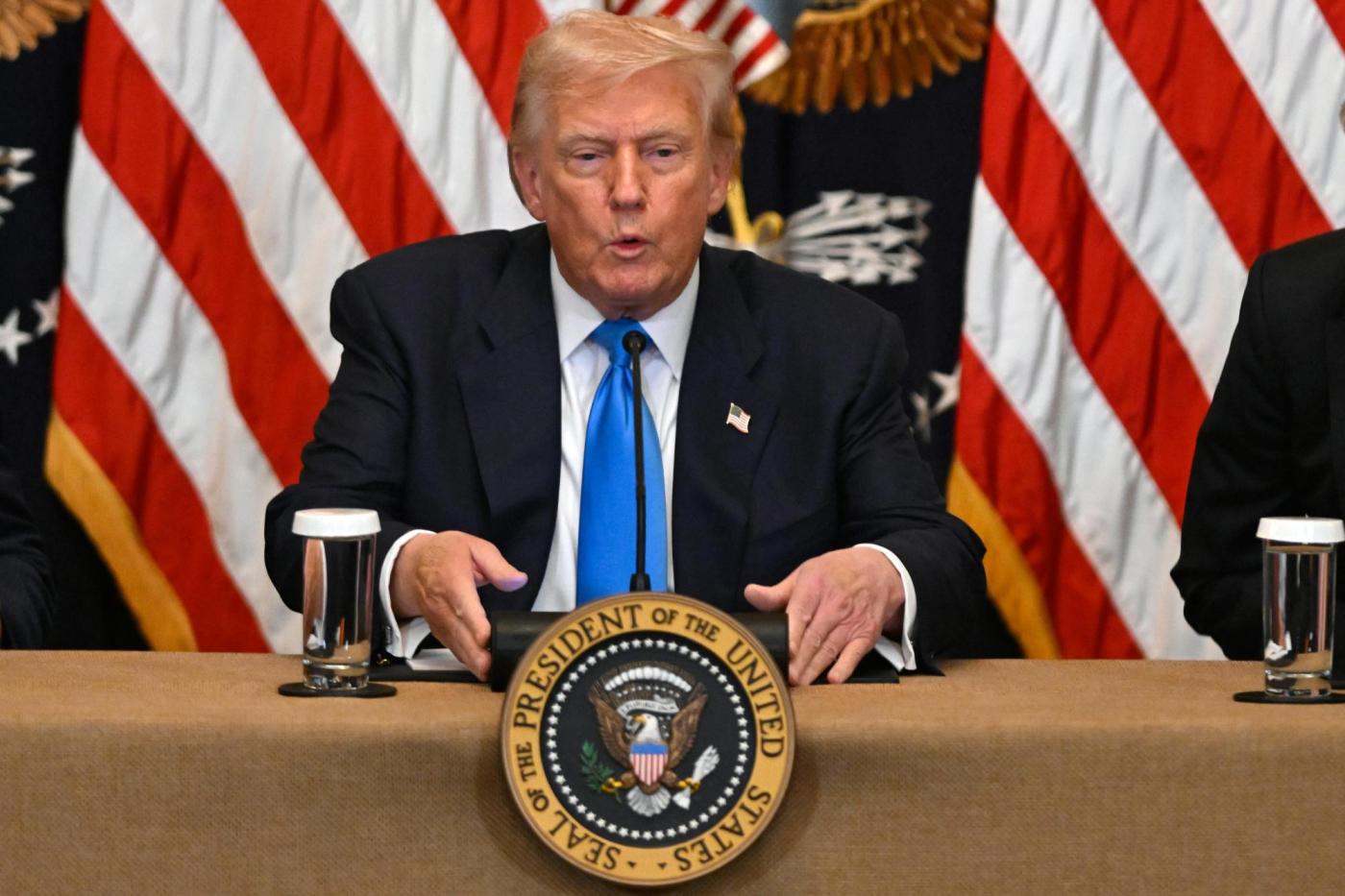President Donald Trump recently enacted a sweeping executive order implementing new tariffs on numerous U.S. trading partners, signaling a significant escalation in his administration’s trade agenda and posing a substantial test for the global economy and long-standing international alliances.
The executive order, issued shortly after 7 p.m. on a Thursday evening, followed a period of intense tariff-related activity, with the White House announcing various agreements ahead of the president’s self-imposed deadline. These new global tariffs are scheduled for implementation on August 7, allowing for the harmonization of rates, as explained by a senior administration official during a briefing.
This pivotal order established tariff rates for 68 countries and the 27-member European Union, with a baseline 10% rate set for nations not specifically listed. Officials indicated that these rates were carefully determined based on the existing trade imbalances with the United States and the regional economic profiles of the affected countries.
A key development unfolded on Thursday morning when President Trump engaged in a phone conversation with Mexican President Claudia Sheinbaum regarding international trade. This crucial discussion culminated in Trump announcing a 90-day negotiating period with Mexico, a major U.S. trading partner, allowing current tariffs to remain in place rather than escalating to the previously threatened 30% rate.
Mexican President Sheinbaum lauded the outcome on X, stating, “We avoided the tariff increase announced for tomorrow and we got 90 days to build a long-term agreement through dialogue,” echoing Trump’s sentiment of a “very successful” introductory call between the leaders. Meanwhile, Trump noted a call from Canadian Prime Minister Mark Carney concerning potential 35% tariffs on Canadian goods, though direct talks with Canada had not occurred that day.
The imposition of this new global tariffs deadline followed a tumultuous April, where Trump’s earlier “Liberation Day” tariffs triggered significant stock market panic and fueled recession fears. This past instability had previously led to a 90-day negotiating window, which was subsequently extended as the administration struggled to finalize sufficient trade deals, prompting the dispatch of letters to world leaders detailing the rates and spurring a flurry of hurried agreements.
As part of the ongoing agreement with Mexico, President Trump specified that goods imported into the U.S. would continue to face a 25% tariff, a measure he has publicly linked to efforts against fentanyl trafficking. Furthermore, he confirmed that automobiles would be subject to a 25% tariff, while critical commodities like copper, aluminum, and steel would face a substantial 50% tax throughout the 90-day negotiation period.
While the 2020 U.S.-Mexico-Canada Agreement (USMCA), negotiated during Trump’s first term, still offers protection for some goods, the president’s current stance suggests a potential reevaluation of the deal, which is up for renegotiation next year. His early actions in office included imposing tariffs on both Mexican and Canadian goods, indicating a consistent approach to trade policy.
The latest figures from the U.S. Census Bureau highlight a significant trade imbalance with Mexico, reaching $171.5 billion last year, signifying that the U.S. imported considerably more goods from Mexico than it exported. This imbalance has notably increased since the implementation of the USMCA, rising from $63.3 billion in 2016, the year before Trump assumed office.






Leave a Reply